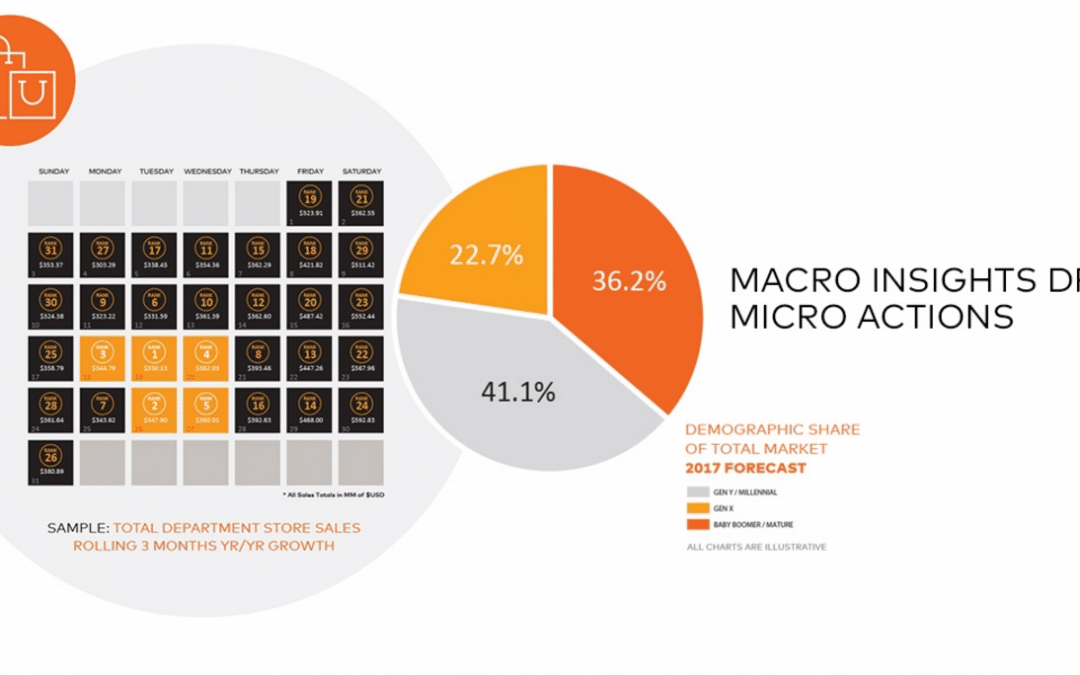Despite challenging economic conditions, retail sales growth for July 2017 was the highest recorded for that month since 2015. This is according to the Mastercard SpendingPulse report, a macroeconomic report tracking retail sales launched today in South Africa.
Nominal (not adjusting for price changes/inflation) July retail sales grew 7.2 percent versus the same month last year, marking the 55th consecutive month of positive growth. Volume retail sales – which removes the effects of inflation – for July also saw a positive increase of 2.3 percent year-over-year, indicating that consumer spending remains resilient, despite higher consumer prices.
“The continued growth in retail sales in July is encouraging, and points to a slight improvement in the consumer economy as the country emerges from a technical recession,” says Sarah Quinlan, Senior Vice President and Group Head of Market Insights for Mastercard. “South Africa’s consumer has shown resilience in the face of weak wage growth and high unemployment, reported at 27.7 percent in the second quarter.”
The average growth rate of the past three months was up 2.3 percent year-over-year, slightly above the 2.1 percent growth rate in the second quarter of this year. For the past 12 months, volume retail sales are less favourable, growing by only 0.2 percent. This is slightly underperforming GDP, which rose 0.3 percent in 2016 and is forecast to increase to 0.7 percent in 2017.
“While consumer spending is showing signs of recovery, South Africans still face a challenging macro-economic environment. The economic health of the consumer warrants close monitoring as the economy looks to regain its footing,” says Quinlan.
Mastercard SpendingPulse South Africa reports on national retail sales and uses aggregated and anonymous Mastercard transaction data, coupled with survey-based estimates for other payment forms including cash and cheque, to offer insight into consumer spending trends and the South African economy. Available to subscribers on a monthly basis, the report also includes an overall retail sales and price index to illustrate whether spending growth is being driven by increased shopping or by inflation or increased promotions.
“Providing both timely and insightful data on retail spending trends, Mastercard’s new monthly macro-economic report will offer an early overview of market indices to help retailers, investors, card issuers, banks and government agencies in their decision-making processes,” says Mark Elliott, Division President for Mastercard, Southern Africa.
In addition to reporting trends for the retail sector as a whole, the inaugural SpendingPulse South Africa breaks out sales growth trends for General Dealers, and Pharmaceutical, Medical Goods, Cosmetics and Toiletries. These sectors together account for over half of South Africa’s retail sales volume.
Pharmaceutical, Medical Goods, Cosmetic and Toiletry sales have outperformed other retail segments over the past 12 months, with sales volumes rising 3.4 percent. However, momentum has weakened since the start of the year, with sales volume in July rising two percent year-on-year, slightly slower than retail as a whole. Price inflation for products and services in the health sector accelerated from 5.3 percent year-on-year for July 2016 to seven percent for July 2017.
On the opposite end of the spectrum, General Dealer sales have underperformed, with sales volumes falling 0.3 percent year-on-year in July, and the value of retail sales down 1.1 percent over the past 12 months.
“Consumers spent less and consumed less, partly because inflation has eroded their spending power. South Africa’s CPI increased 4.6 percent, driven largely by a 6.8 percent rise in food prices,” says Quinlan.


